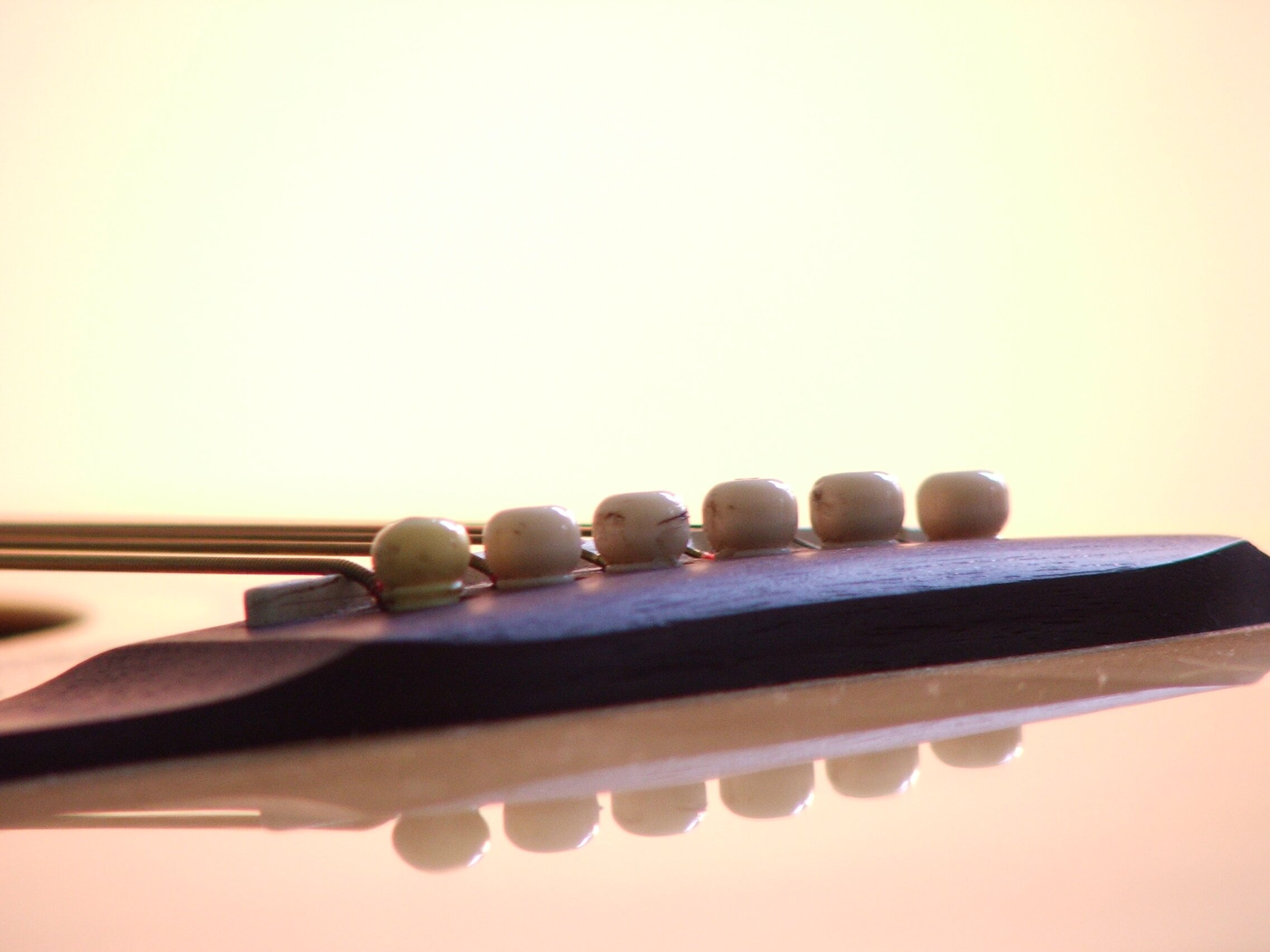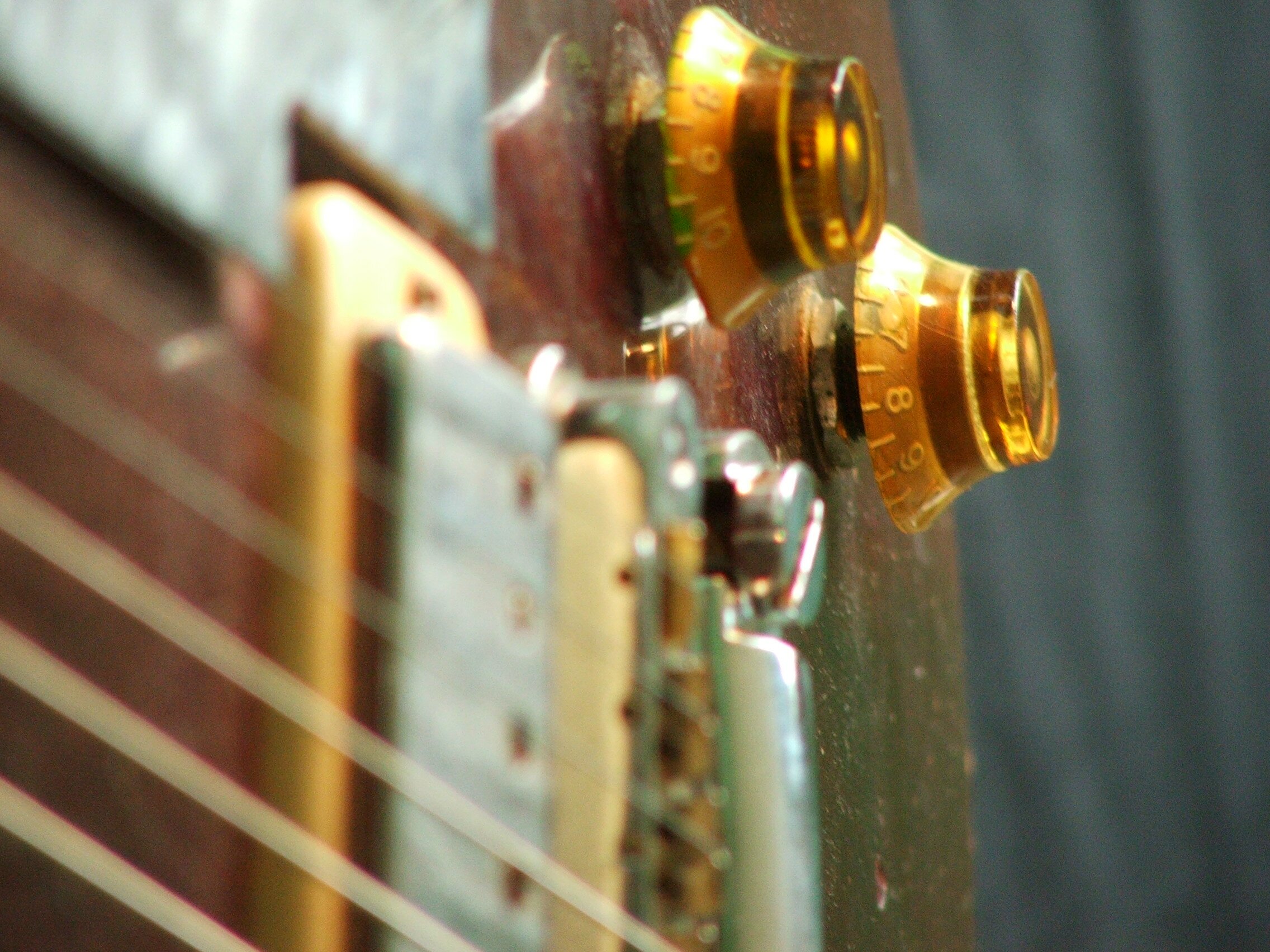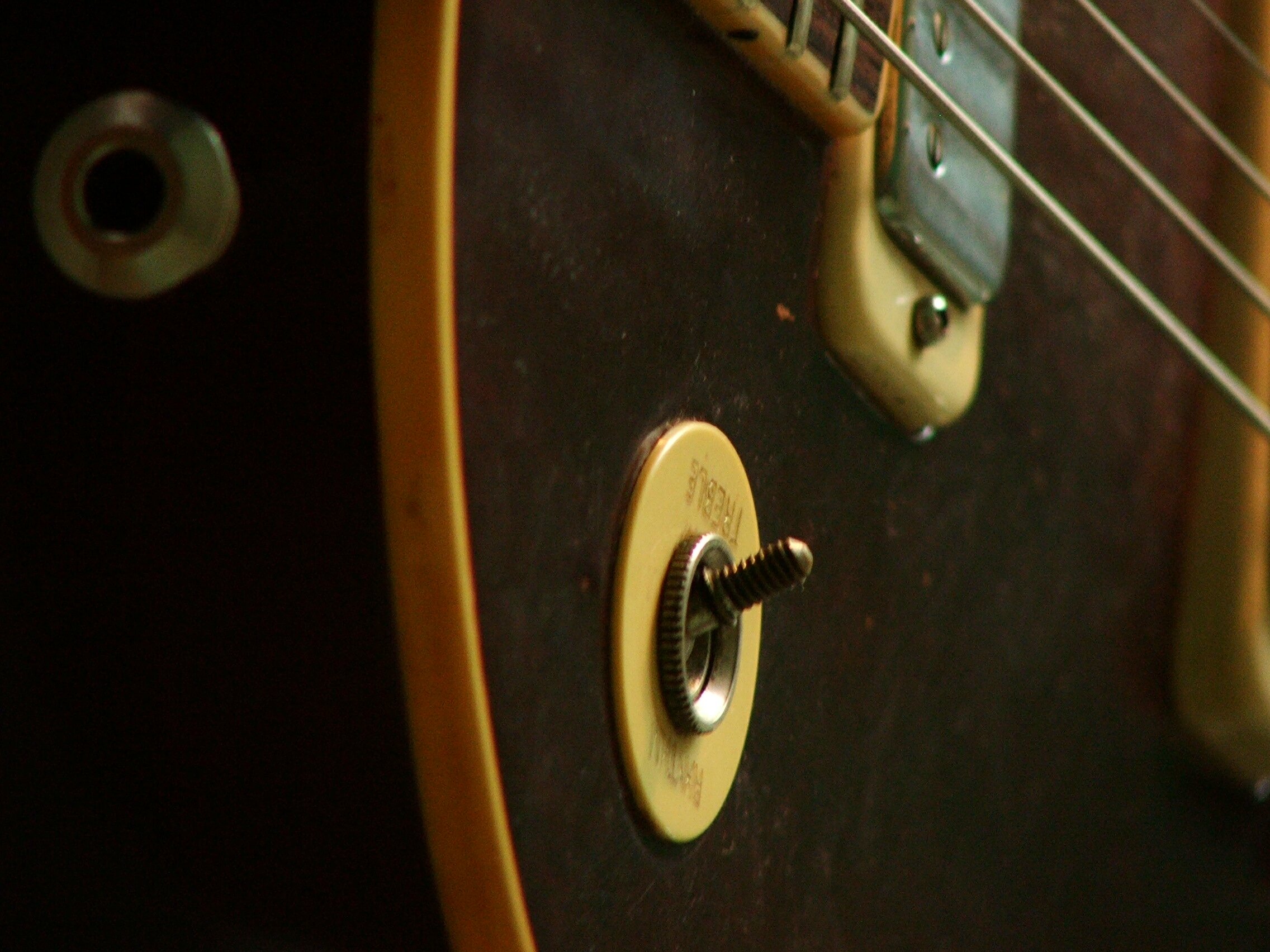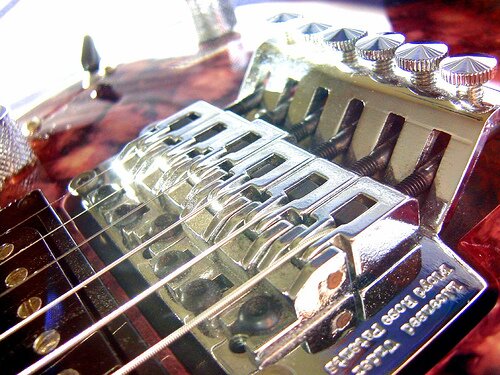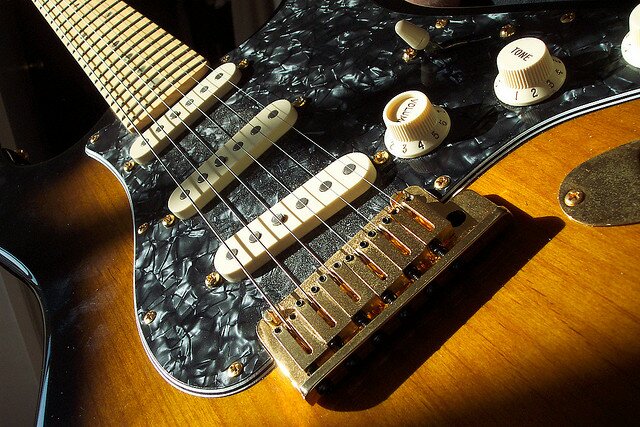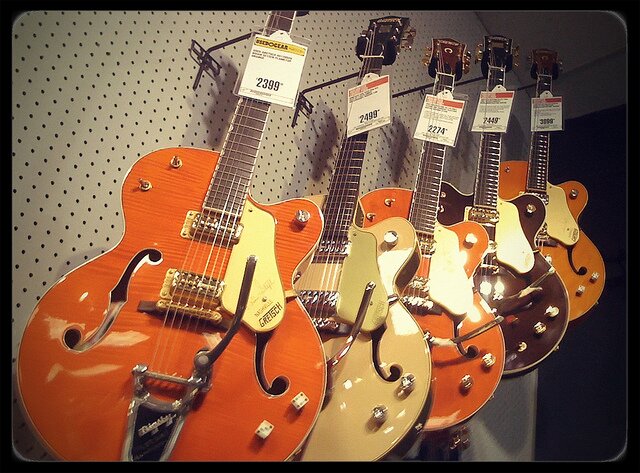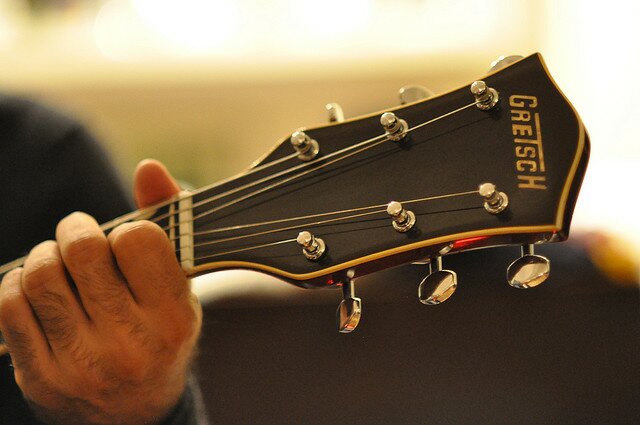Introduction to Guitar Scales

In this set we will start to look at a range of major and minor scales. Scales often have a bit of a boring reputation but in essence they underpin everything you will do and learn as a musician.
Simply speaking, a scale is a set of notes that belong to a certain key. Therefore, if you are playing or improvising, its important you know your scales so you know what notes to play! There are many variations of scales that you can chose from, depending what ‘flavour’ or ‘sound’ you are looking for, the standard being the major and the natural minor scales.
In this lesson we will look at one major and one minor scale both in the key of C. In addition to learning the shapes, you will also be provided with information on what notes are included in each scale. Try and get to grip with what notes you are playing, but don’t worry too much about the structure of the scales, this will be explained later on in the scale stream.
C Major
First of all we have C major. This is the easiest scale to be introduced to as there are no sharps (#) or flats (b) involved, just natural notes. Each note in a scale is assigned a number e.g; root (1st), 2nd, 3rd etc. When trying to learn the position of notes within the scale, the most important notes to learn are the root notes as these are the central ‘key notes’ in the scale.
The notes included in a C major scale are:
To learn how to play the scale, both a diagram, similar to a chord diagram, and TAB are provided.
To read the diagram, play from the lowest string playing the lowest note first then working up to the highest note. Once you have played the notes on one string, move onto the next one. Try and compare with the TAB. The diagram is mainly provided so that you can see the shape of the scale on the neck, and also what fingers you should be using. Again, the recommended finger number is the number in the red circles.
Again, it is important that the correct fingers are used to play this scale. With the C major scale the 1st finger should be positioned on the 7th fret. This means that you’d start the scale using the 2nd finger on the 8th fret.
C Natural Minor
Now lets take a look at C minor. This scale is almost the same as the major, but in order to make it a minor scale we have to flatten (b) the 3rd note, the 6th note and the 7th note.
The notes included in a C natural minor scale are:
Here, the first finger should be positioned on the 8th fret, moving down to the 7th fret on the 3rd string, and then back up again to the 8th fret on the 2nd string.
Make sure to look at the videos to make sure you are playing the scales correctly. Also provided is a click track at 80bpm so you can practice your scales in time with the click. Just as in the videos. Only try this once you are familiar with the scales.
The main thing to focus on when learning scales is playing clear notes, making sure you use the correct fingers, and trying to play the scales evenly and consistently. DO NOT focus on speed at this stage!






